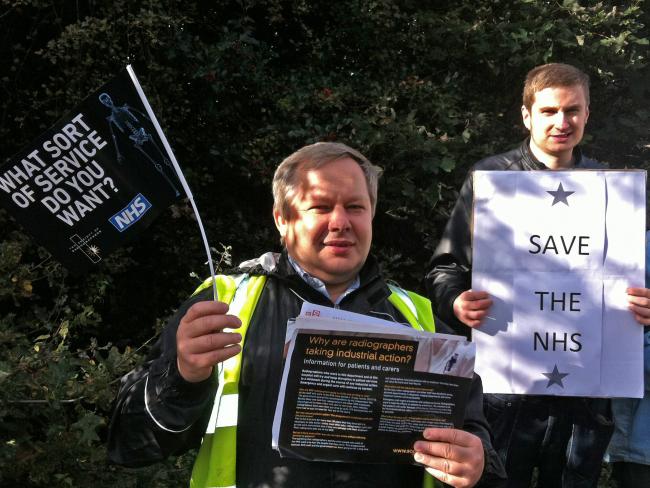Britain lags behind in cancer treatment according to Macmillan Cancer Support. NHS England and the Department of Heath suggest progress is being made, but their claims don’t stand up to scrutiny.
Macmillan Cancer Support is a leading UK charity providing care for cancer patients and information about the disease. It recently published figures for 5-year survival rates covering the period from 2005 to 2009. On these measures Britain is behind most other developed countries in Europe by around a decade. That’s true for breast, bowel, stomach, and lung cancer.
NHS England celebrates that 81 per cent of women in the UK diagnosed with breast cancer are alive five years later. It neglects to mention that France, Sweden and Italy reached this target ten years earlier. Presently 19 per cent of our stomach cancer cases survive for five years whereas even a decade ago the figures for Austria, Norway, Sweden and Germany were over 30 per cent.
Late diagnosis
More than 1 in 5 cancer cases in Britain are diagnosed in Accident and Emergency Departments following presentation of acute symptoms. Macmillan says that Britain’s record on early diagnosis is a key failure and that as a result people are dying needlessly. Yet the National Clinical Director for Cancer claims, on behalf of NHS England, that Britain has come on in “leaps and bounds” since 2010.
The Public Accounts Committee (PAC) in its March 2015 report pointed out that the drive for improvement has lost momentum in the past five years. Although £6.7 billion is committed annually to cancer services, resources to support improvement have fallen significantly. The position of National Clinical Director for Cancer has been downgraded from full-time to part-time. The National Cancer Action Team has been disbanded. Focus on cancer has also been diluted at local level. Across the country, the 28 regional networks dedicated specifically to cancer have been replaced by 12 “strategic clinical networks” covering both cancer and a wider range of other diseases.
for the first time the NHS failed to meet the 62-day requirement for cancer patients to start treatment following diagnosis
Survival rates have continued to improve, but nearly one-third of people still die within a year of being diagnosed and around half do not survive for five years. That puts the UK way behind other comparable countries. Throughout 2013-14 the NHS failed to meet the 62-day requirement for cancer patients to start treatment following diagnosis. That’s the first time this has happened since the target, a modest one to say the least, was introduced.
The PAC report recommended that NHS England seriously considers whether the new arrangements for promoting improvements in cancer care provide the required leadership and support. It pointed to unexplained variations in the performance of services across the country. This is particularly apparent in the proportion of people diagnosed through an emergency presentation, GP referral rates and performance against waiting time standards. NHS England does not understand what lies behind these variations. And according to the PAC it is not using the available data to hold poorly performing local areas to account.
Slow progress
Progress in improving patients’ access to radiotherapy has been slow and the NHS’s current stock of machines now needs replacing. Access to advanced intensity modulated treatment has improved, but the overall proportion of patients receiving this treatment has remained at around 35 per cent since 2009-10. This is well below the estimated 40 to 50 per cent of patients who could benefit. And hospitals with relatively few patients in their catchment area receiving radiotherapy in 2010-11 still had low rates in 2013-14.
England has five radiotherapy machines for every one million people, fewer than most other developed European countries. The Department of Health has suggested that ours are used more intensively, without providing any evidence. In any case ageing linear accelerator radiotherapy machines should be replaced. And national rather than local procurement would save around 20 per cent of the cost. Those steps alone would not improve cancer survival, but they would be a start.

